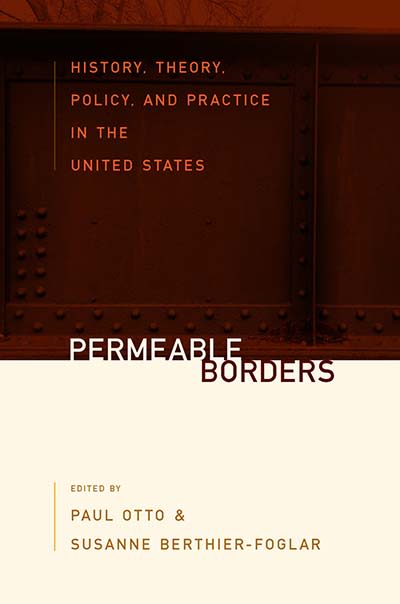Book chapter
Permeable Borders: History, Theory, Policy, and Practice in the United States, Paul Otto, Susanne Berthier, 2020, pp. 213-219
APA
Click to copy
Atkinson, D. C. (2020). “Afterword: Permeability and the Making and Unmaking of Borders" In P. Otto & S. Berthier (Eds.) (pp. 213–219).
Chicago/Turabian
Click to copy
Atkinson, David C. “‘Afterword: Permeability and the Making and Unmaking of Borders&Quot;” In , edited by Paul Otto and Susanne Berthier, 213–219. Permeable Borders: History, Theory, Policy, and Practice in the United States, 2020.
MLA
Click to copy
Atkinson, David C. “Afterword: Permeability and the Making and Unmaking of Borders&Quot; Edited by Paul Otto and Susanne Berthier, 2020, pp. 213–19.
BibTeX Click to copy
@inbook{david2020a,
title = {“Afterword: Permeability and the Making and Unmaking of Borders"},
year = {2020},
pages = {213-219},
series = {Permeable Borders: History, Theory, Policy, and Practice in the United States},
author = {Atkinson, David C.},
editor = {Otto, Paul and Berthier, Susanne}
}
